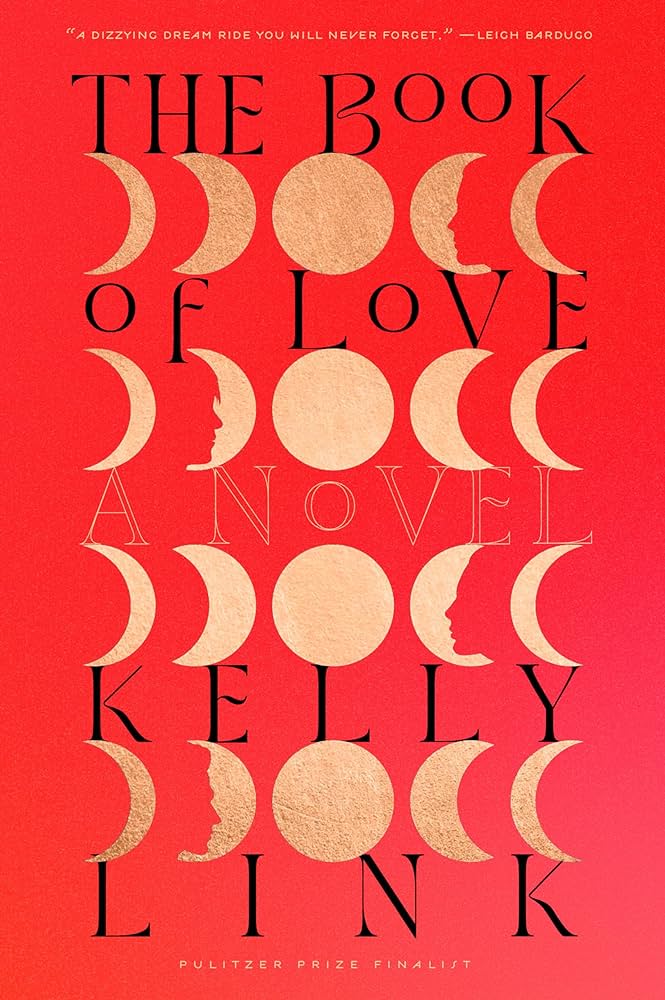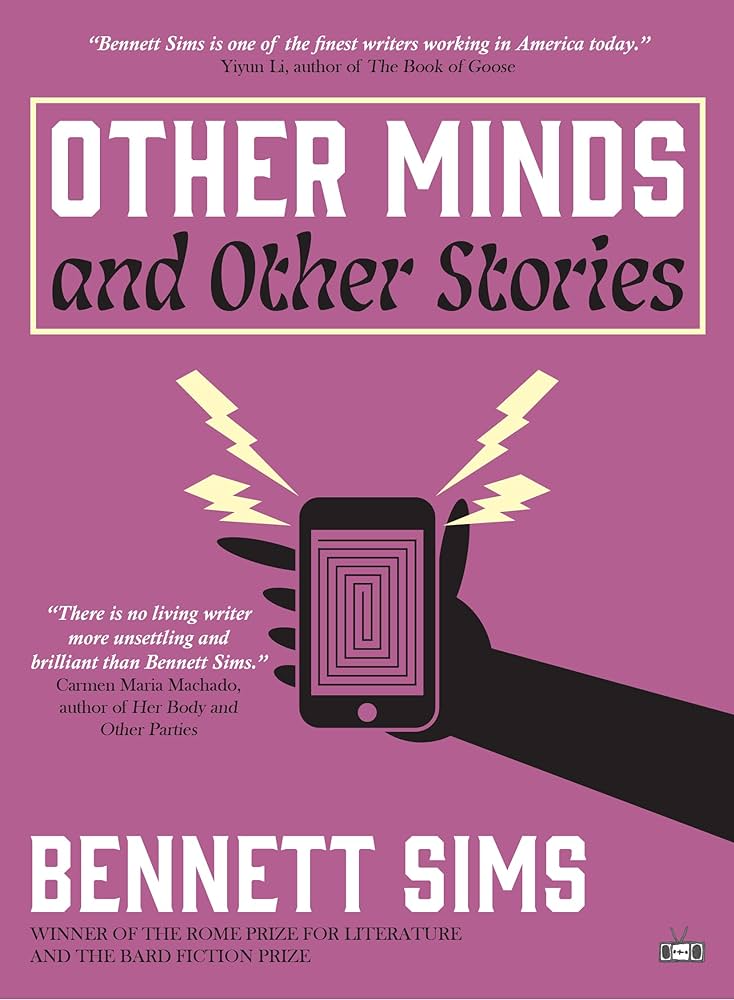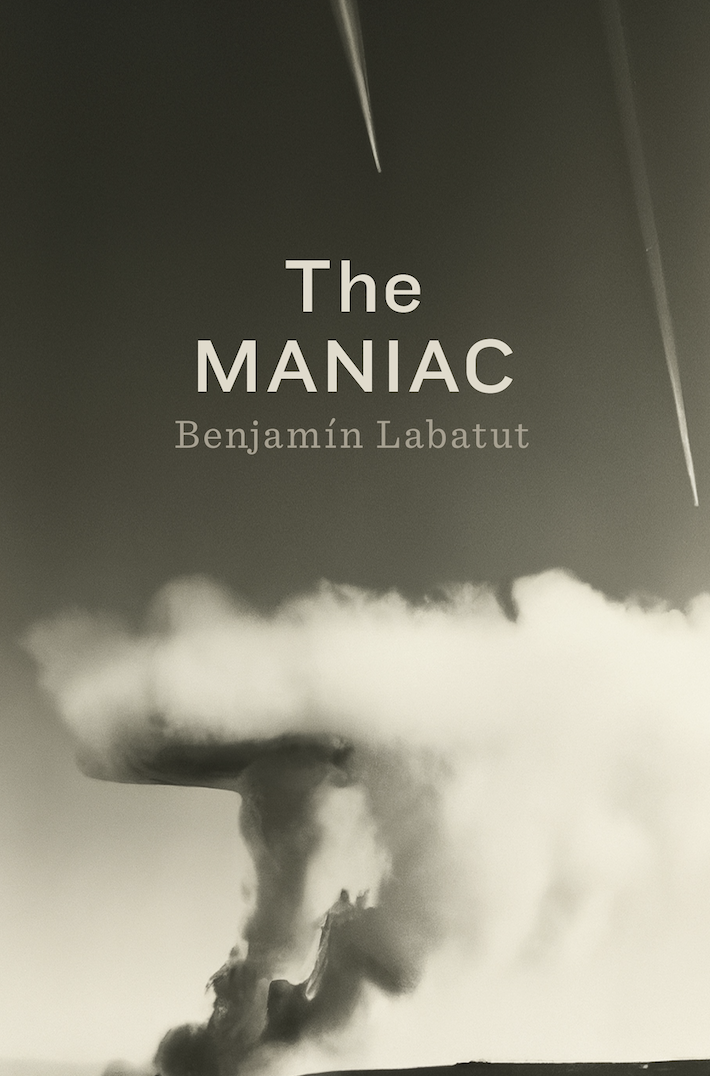“What is justice?” This is the inquiry around which Lauren Levin’s Justice Piece // Transmission orbits. Unflinching, dialectical, and curious to its core, Levin’s work grapples with the nature and practice of justice—what it is, what it isn’t, who defines and enforces it, how we learn or create it, and how its absolutes buckle under the weight of examination. Consisting of two prose poems, “Justice Piece” and “Transmission,” Levin’s explorations raise even more questions—about motherhood, illness, family, and whiteness—which form a tangled, poetic body of limbs, placental membranes, and beating hearts.
At moments, Justice Piece // Transmission reads like text messages from a brilliant friend who starts conversations midstream without context, or who suddenly picks up a conversation from weeks ago with renewed vigor. Levin is often funny and cringingly honest: “I read articles, read commentaries, read reactions. / Feel frustrated with myself, white women, white feminists, myself.” Or: “When A was very small … I walked around naked / in front of the windows / in front of my parents, there must have been something aggressive / about it / since everyone begged me to stop and I persisted.” Levin analyzes and draws material from copious sources, including political philosophy, art history, Rocky Horror, parenting blogs, and statistics about racial violence. Juxtaposed across paragraphs, and sometimes embedded in the same paragraph, you can’t always follow the connections, nor are you necessarily meant to. Meanings rub against each other, finding friction and sparking connections that sometimes only become apparent on the second or third read. Other lines continue to elude, referencing a “he” or “it” that cannot be definitively pinned down, yet holding space for infinite meaning and interpretation. Each of Levin’s inquiries is an entryway into fundamental questions about justice, care, and transformation. Each line is a mode of grasping at the truth. Even if you don’t understand, the book’s incessant current will keep pulling you by the throat.
To understand justice, Levin asserts, we must understand what it isn’t. “Justice Piece” opens with Levin’s 2-year-old daughter after she stops nursing: “But now that a connection has been severed / She’s more affectionate, lies in my lap / head under my chin / sucking her thumb.” The rifts between their bodies creates a new kind of connection. As the poem continues, we realize the attempt to define justice is also an act of severance, separating it from what it is not. Channeling 18th-century painter Joshua Reynolds, Levin writes: ªIt’s the artist’s task to find this nothing that isn’t / and give it form in order that it may reject / everything that is.” Later, Levin is more explicit: “I try to imagine justice as the opposite / of whatever the police do.” This process of distinction-marking is also the process of language-making: a word cannot exist without its opposite. How does language then help us in our search for justice? “Curiosity isn’t justice. Empathy isn’t justice. Love isn’t justice. / Connections can’t be lived in all the time. / All the points at which empathy fails,” which begs the question, can we only know what justice isn’t, rather than the substance of what it actually is? And if so, how do we enact it?
The real-world stakes of these inquiries ring loudly, as injustice is not an abstraction but a corporeal reality that plagues our national body. Levin raises urgent questions about the language we use to describe violence and its consequences. Alluding to the destructive headlines used by journalists and TV anchors, Levin addresses the McKinney, Texas pool party incident:
A male was shoving someone’s face into the ground
A cop was shoving a girl’s face into the ground
A cop was shoving a black person’s face into the ground
A white cop was shoving a young black girl’s face into the ground
Officer Eric Casebolt was shoving a young black girl’s face into the ground
Officer Eric Casebolt was shoving Dajerria’s face into the ground
Eric was shoving Dajerria Becton’s face into the ground
Every headline tells a story. When is there room for ambivalence, the ability for words to hold so much, and where is there only room for the particular? What does language reveal and elude? Who has the right to say what? As Levin makes evident, how we choose to tell stories of injustice contributes to whether justice can be procured.
Levin also grapples with the question of how we rediscover or recreate justice in a world in which injustice has so deeply penetrated how we think, feel, act, and relate to one another. And will it be a discovery or a creation? It’s a vital query, one which activist groups demanding racial and economic justice across the country have long been asking: How can we keep justice from becoming another commodity of those already in power? Levin calls this “the problem with imagining justice / As everything that doesn’t exist yet.” When the invisible does come into being, it will appear “formed around the axis that so many tiny imperceptible motions have shaped.” In one of the most riveting juxtapositions of the book, Levin applies the metaphor of the placenta:
Political struggles are not fought on the surface of things
but through how they are madeThe placenta that kept A alive grew from her cells, not mine
Cells from the outer layer of the embryo burrowed into my uterine lining
by pushing my cells out of the way
destroying them with digestive enzymes
or secreting substances that caused them to kill themselvesThese placental cells then drilled into 80 of my uterine blood vessels
When the placenta was fully formed
My whole blood supply flowed through it every 5 minutes
The placenta, like justice, is the site of transformation. Where creator meets creation. Where creator yields creation, which yields even further creation. What is the body from which justice will grow? Everything has an origin and yet transformation is always possible. As visionary as we may be, Levin reminds us that transformation can also be a physical act, one that happens thousands of times a day without any fanfare: “I don’t think it’s an experience one can only have through pregnancy / childbirth or parenting but those experiences are the closest I have come / to realizing how different things can be because I became so different / so quickly.” Birth is a radical transformation from the inside out. Perhaps so is justice—though we, as Levin herself admits to, may have difficulty trusting this: “In spite of everything I still want to proceed / As though knowledge could protect me from the feeling of the world / As though it were something I could wear / Instead of something that reaches inside and shapes me.”
In Levin’s work, the relationship between motherhood and justice is as messy and complicated as you would hope. “On the surface, an ethics based on maternal care sounds kind of great. But there’s no room / for the mother’s anger or ambivalence, that bothers me.” Yet in a chat message to a friend, Levin also makes explicit how her lived experiences of white privilege and mothering drive her investigation: “Socializing her makes me more aware of my whiteness, since I become more aware of everything I’m passing on to her, including my position in white culture.” In “Justice Piece,” there are no absolutes, no givens, no definitive answers, and sometimes there is nothing to say at all: “I don’t know what to say, I don’t know what to say.” Governed by ambivalence, “Justice Piece” is nonetheless driven by the conviction that justice must be possible—and that the journey, as meandering and chaotic as it may be, is also necessary: “to go so far beyond the frame / as to risk getting entirely lost.” While Levin’s inquiries are rooted in her white body and set of experiences, her approach refuses to settle for a justice that excludes people of color, trans people, or gender nonconforming people.
In the second part of the book, “Transmission,” Levin casts her incisive gaze on her own ancestral lineages. It’s ugly and Levin knows it: “The side of my family that started out poor is the more overtly racist / side … My grandfather, the kindest and most giving one, says the worst things.” Here, Levin interrogates the prevailing assumption that white people are simply white and always have been. She digs into the mythologies of her multiple heritages, the contradictions and hypocrisies that hold belief systems in place, and the relationships with care—our desire, disgust, or disinterest about giving it, our (dis)comfort receiving it—that underlie our relationships with power: “Both my parents were partially raised by black women who they felt less ambivalently about than they did about their own parents.”
We encounter members of Levin’s family across her four lineages, including the Jewish grandfather who justifies looking down on others because he raised himself up “and so should you”, the uncle from the “more overtly racist side of the family” who works as Beyonce’s accountant, and the New Orleans grandmother who tried to bribe Louisiana State University with money from her future estate into accepting her grandson for admission. We never linger too long with any one family member, which underscores the tangled quality of being a body brought into life by so many other bodies and the confusion of all that we inherit unconsciously and without choosing.
Levin wisely recognizes that justice is not an abstraction about the “other,” or exclusively concerned with an idealized future: “As I talk [to my daughter A] I touch my navel, realizing I have some odd visceral belief that my umbilical cord connected me, not to my mom, but to A… But, reciprocity – care doesn’t work that way. It leads back – backwards.” For those of us who think of themselves as white, the journey into our ancestries is glaringly important—Levin’s collagic examination of her lineages prompts white readers to ask: How did your family lines learn to think of themselves as white? When did it happen, and how, and what was gained and lost? It is not usually comfortable—“Because I am a white, I feel it in me: Lee Circle in the background, the comfort of things that don’t change”—but Levin suggests our discomfort may be the barometer of how close we’re getting to the problem. In Levin’s work, justice is about embodiment; our bodies, our blood, our origins are not separate from ourselves: “I couldn’t sever myself from my family anymore than I could sever a limb. I mean, I could tell myself to cut off my hand if it offends me, but what is me?”








